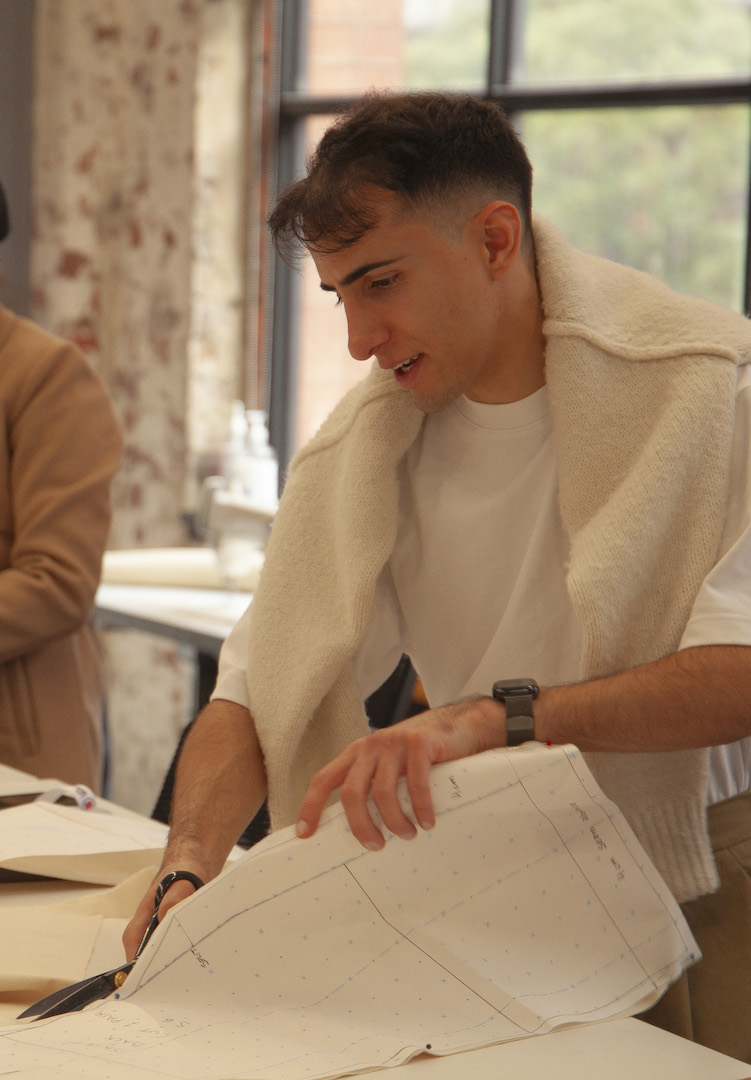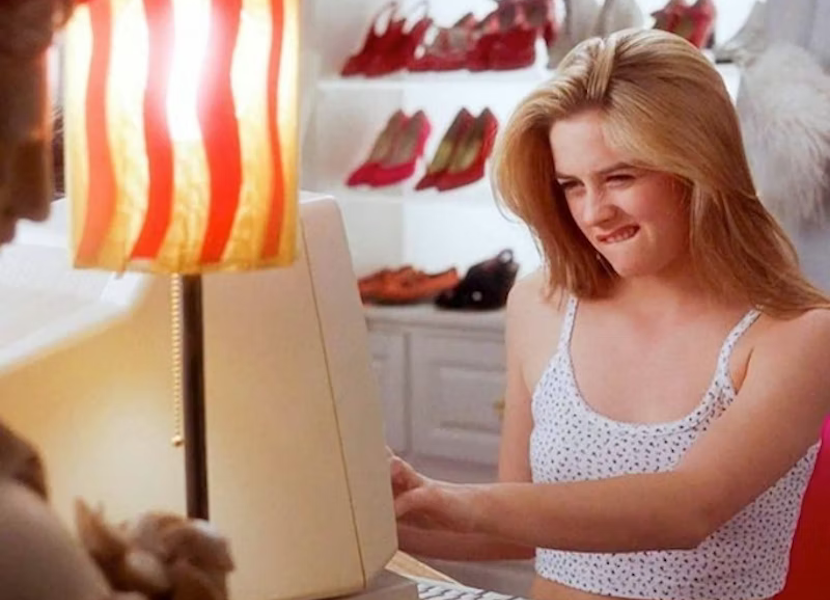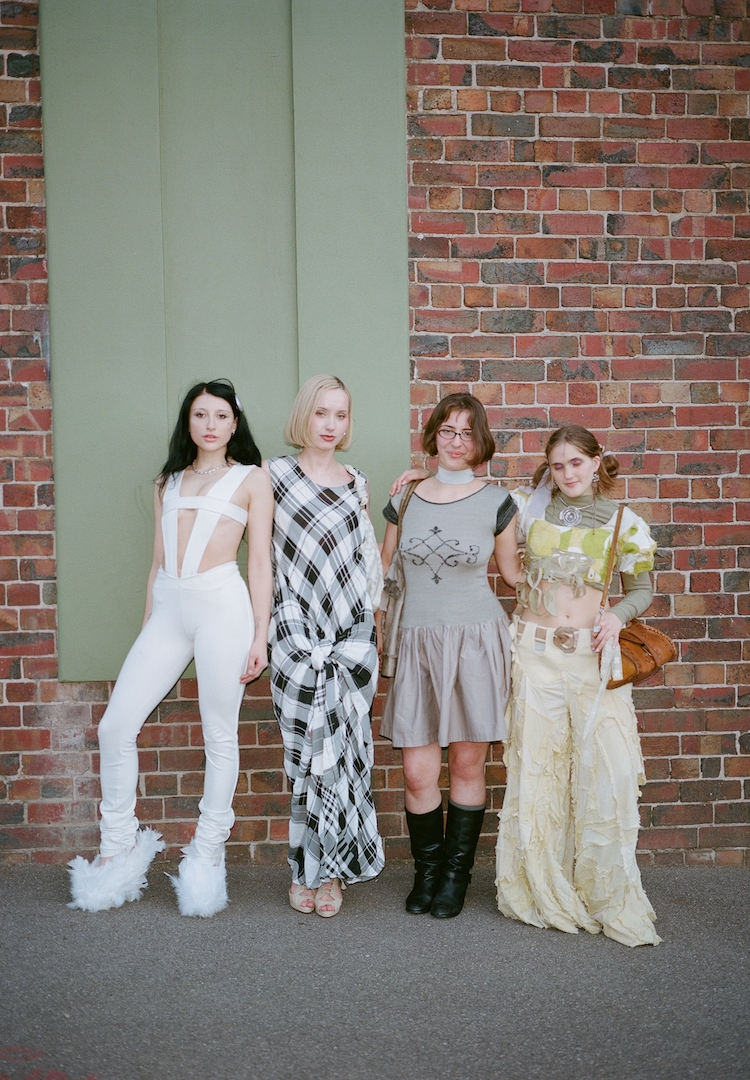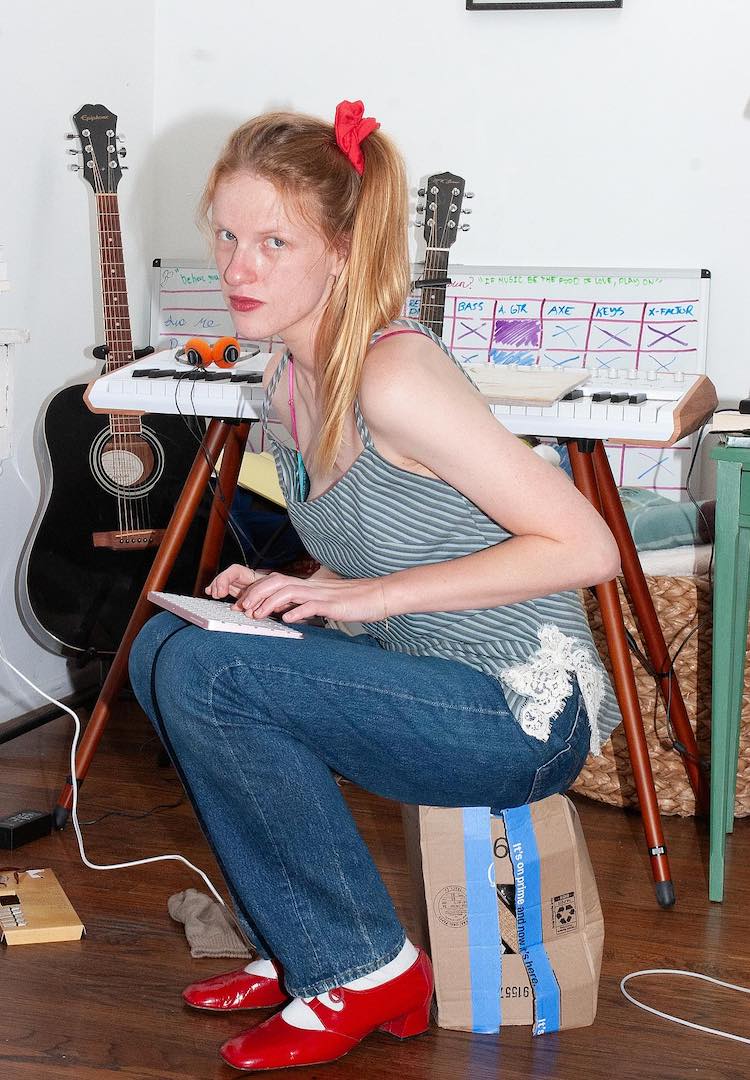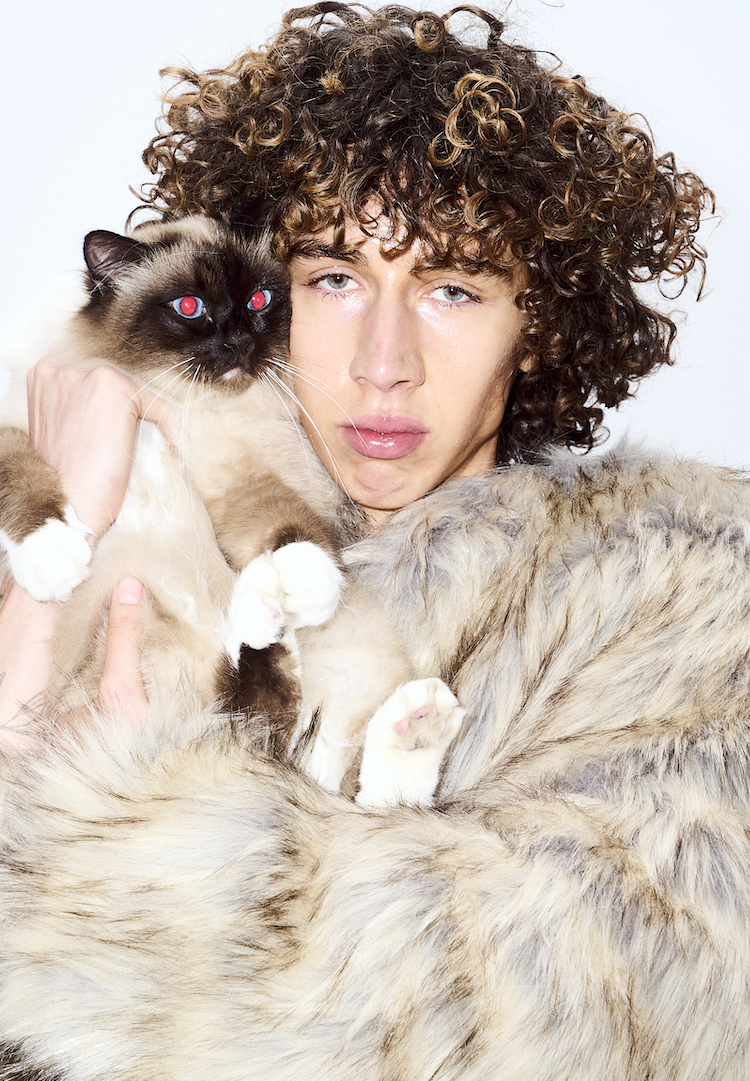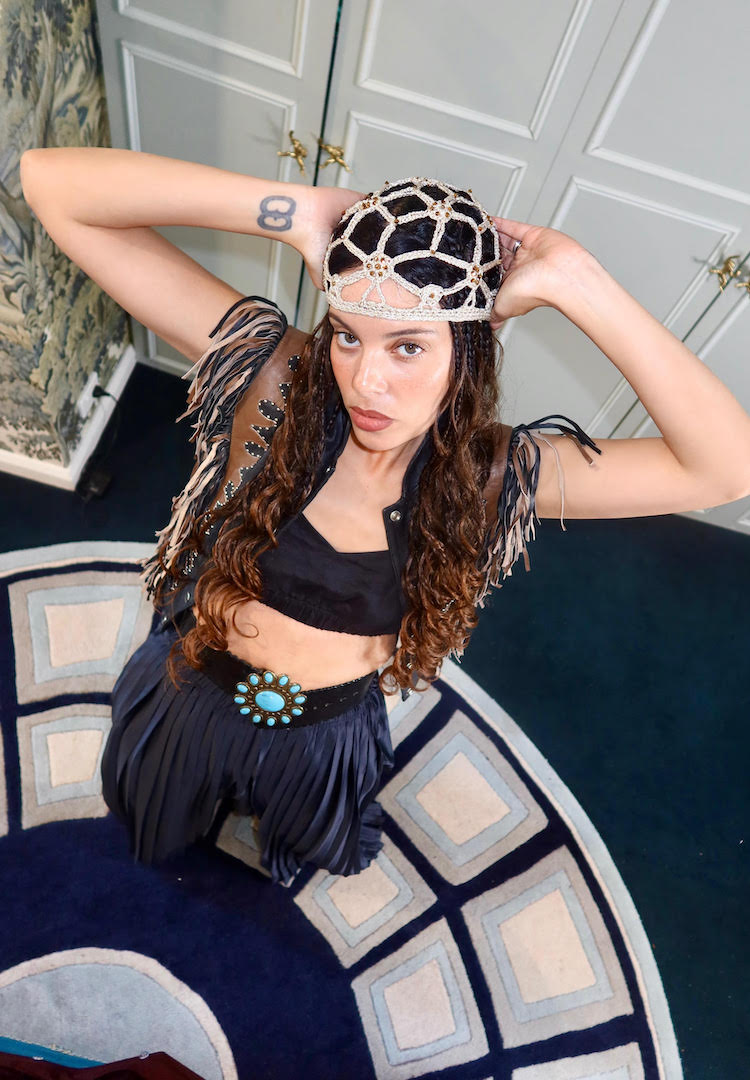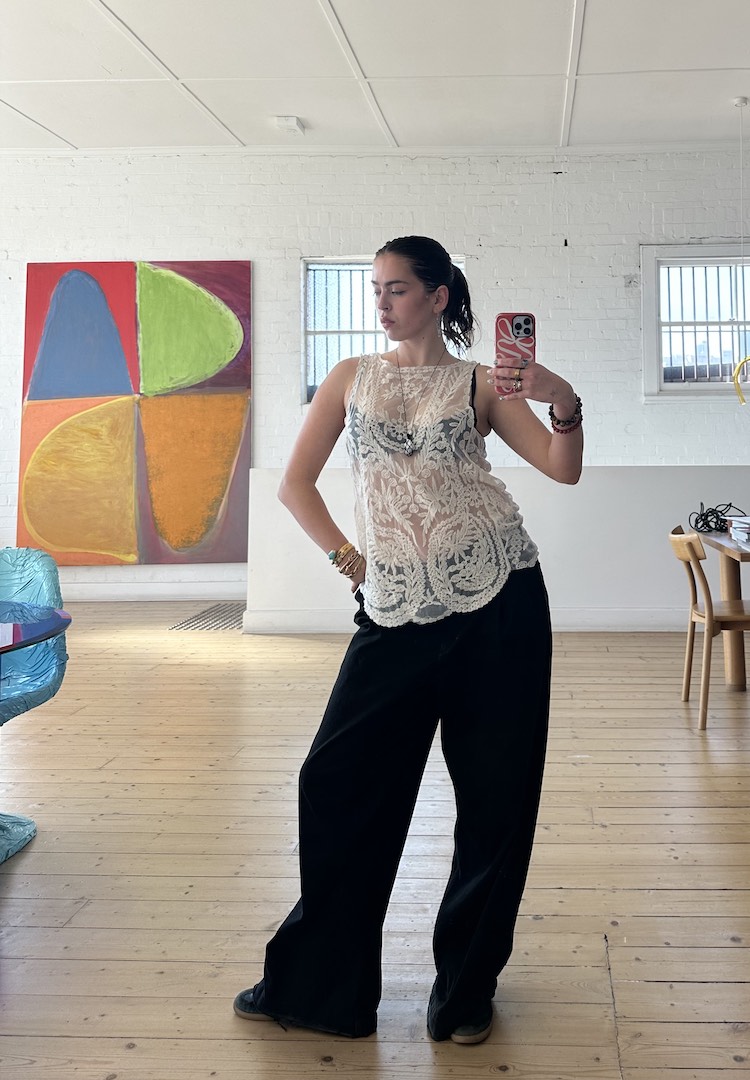What happens to personal style in the age of AI?
Words by Lauren di Bartolo
Spoiler: It’s still personal – for now.
Lauren Di Bartolo is a fashion stylist and human behaviour expert based in Melbourne. An industry innovator and founder of Australian Style Institute, she has spent decades observing the relationship between people and their clothes. She’s a regular contributor to Fashion Journal, answering our burning style questions in her monthly column.
There’s a quiet shift happening in the way we get dressed. It’s not coming from a fashion house or a runway, but from something that doesn’t own a a scrap of clothing at all: artificial intelligence. AI has officially entered the fashion chat, recommending outfits, organising wardrobes and, in some cases, deciding what you should wear based on your cycle, mood, even your star sign.
For more fashion news, shoots, articles and features, head to our Fashion section.
As a stylist, I’ve watched people’s relationship with personal style evolve dramatically over the last decade. We’ve moved from Pinterest boards to algorithms, from magazine tears to personalised digital lookbooks. Now, with a few prompts or a wardrobe scan, AI tools are trying to do what stylists have done for years: help people figure out what to wear.
But here’s the thing – sure, AI can pick you an outfit but it can’t feel what it’s like to wear it. Just because you can outsource, doesn’t mean you should. In the age of AI, where the possibilities are limitless, the risks of losing yourself are real and your wardrobe might just know more about you than your best friend.
How is AI actually affecting the fashion industry?
In short? Everywhere, in every way. AI is already being used by fashion brands and retailers to predict trends, optimise supply chains, recommend sizing and even design collections. Virtual try-ons are becoming more accurate, product descriptions are being written by bots and chat-based shopping assistants are learning your preferences in real-time.
In some cases, AI is genuinely helpful and needed. Sizing isn’t standardised, it changes from brand to brand, so if accuracy means a better fit and reduced returns, it’s a win-win for the consumer and the planet. There’s apps for this, like Australian tech company Zilio.
Authentication is another big one and Aussies are leading the way here too, like HighEnd who are launching Verity.Ai to help consumers verify the authenticity of their purchases.
So where are we entering risky territory? The latest issue of Vogue France featured three different AI-generated ads, two of which featured AI models that communicated all kinds of absurdity, mostly in the representation of current social ‘perfection’, giving Barbie vibes (and not the good kind).
How is AI already helping people get dressed?
Right now, you can download apps that organise your closet, generate outfits and even suggest what to wear based on the day’s agenda. Some apps connect directly with your calendar, others scan your photos and many use machine learning to track what items you wear the most.
There are wardrobe apps that learn your style over time (like Whering) and others that generate full outfit recommendations for you with the tap of a button. And then there’s ChatGPT, used by many to answer questions like, ‘help me pack for a week in Europe with just a carry-on‘ or ‘create a capsule wardrobe for a corporate girlie with a creative side’.
While it might appear to be like having a stylist available 24/7 (who doesn’t need coffee breaks), the reality is AI will style you with the information you input. The problem here is that if you don’t know what your style is, this isn’t going to be what helps you find it.
The pros of using AI to curate your style
For a lot of people, getting dressed is a pain point – too many options met with too little time. Here’s where AI can genuinely help:
Decision fatigue relief
You make thousands of decisions a day, what to wear doesn’t need to be one of them. AI outfit generators help take the pressure off and reduce that overwhelming feeling, especially if your style confidence is still growing.
Wardrobe organisation
Many apps can help you digitise your closet, track how often you wear items and rotate under-used pieces. You’ll be surprised how much of your wardrobe you don’t wear and what you could wear differently.
Style discovery
AI tools can introduce new outfit combinations you might not think of yourself, helping you to experiment within your existing wardrobe. It’s like being gently nudged out of a style rut, with data.
Accessibility
AI tools democratise styling support for those who wouldn’t otherwise seek it out or may not have the money to spend on a stylist’s services.
But here’s the catch, and the risk
Personal style is called personal for a reason. AI doesn’t know you like you do, it doesn’t know the story behind that cashmere sweater you love, or the confidence boost you get from your favourite boots. And it definitely doesn’t know how you want to feel that day, beyond what you’ve told it. Here’s where things can go sideways:
Over-reliance kills intuition
Style isn’t a formula alone. Discovering your best style relies on a level of instinct and instincts get sharper the more you use them. If you outsource too much to an algorithm, you risk losing touch with what you like versus what looks ‘correct’.
Algorithmic sameness
AI learns from the internet, which is already heavily trend-driven. So, if your style starts to feel like every third person on TikTok, that might not be a coincidence. The machine is reinforcing what already exists, not necessarily what makes you unique.
Aesthetics over emotion
AI can put together a great outfit but it can’t make sense if you’re feeling anxious that day, or powerful. Or playful. It can’t read the emotional context that truly great style responds to.
Bias in, bias out
AI learns from human data, which means it can replicate the same body type ideals, cultural assumptions and gender stereotypes that already exist in the fashion world. The tech is only as evolved as the data behind it. A trained professional stylist with Australian Style Institute certification has been taught how to overcome their own human bias, as well as their professional bias, to help you discover your best, most authentic style.
So where does that leave us?
AI is here to stay and in many ways, that’s a good thing. It’s efficient, smart and increasingly creative. But your style, your actual, lived-in, evolving sense of self, can’t be fully outsourced to an algorithm.
At the end of the day, style is more than just matching colours or predicting trends. It’s about identity, energy and self-expression. And while AI can tell you what to wear, it doesn’t always know why. That part is still yours.
To learn more about the Australian Style Institute, head here.



